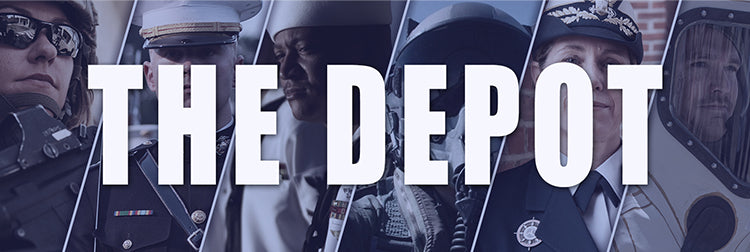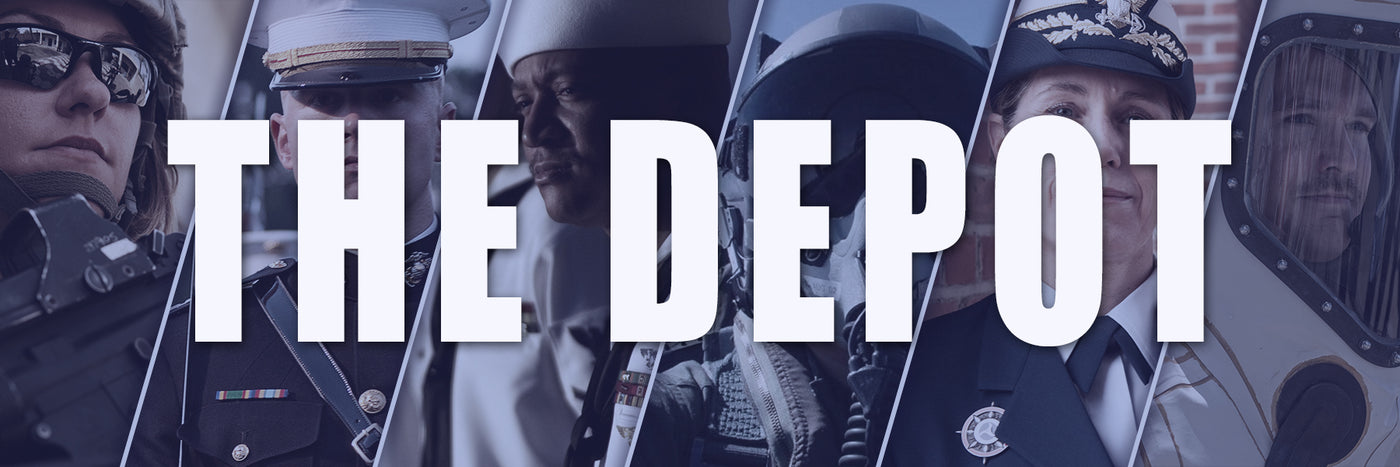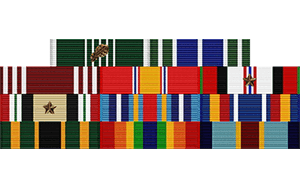
Air Force Commendation Medal: How Is It Awarded?
The Air Force Commendation Medal was authorized by the Secretary of the Air Force on March 28, 1958, for award to members of the armed forces of the United States who, while...
Blog Staff |
ARMED FORCES SUPER STORE 1-877-653-9577 | 8 - 7 CST MON-FRI



The Air Force Commendation Medal was authorized by the Secretary of the Air Force on March 28, 1958, for award to members of the armed forces of the United States who, while...
Blog Staff |

In the early 1900s the U.S. military wanted to make it easier for their personnel to wear awards and decorations on their duty uniforms, so the ribbon rack was created....
Steven Alvarez |

Many believe that the Badge of Military Merit, later known as the Purple Heart, was the first U.S. military medal ever awarded. Think again. Here's a brief history of U.S....
Steven Alvarez |